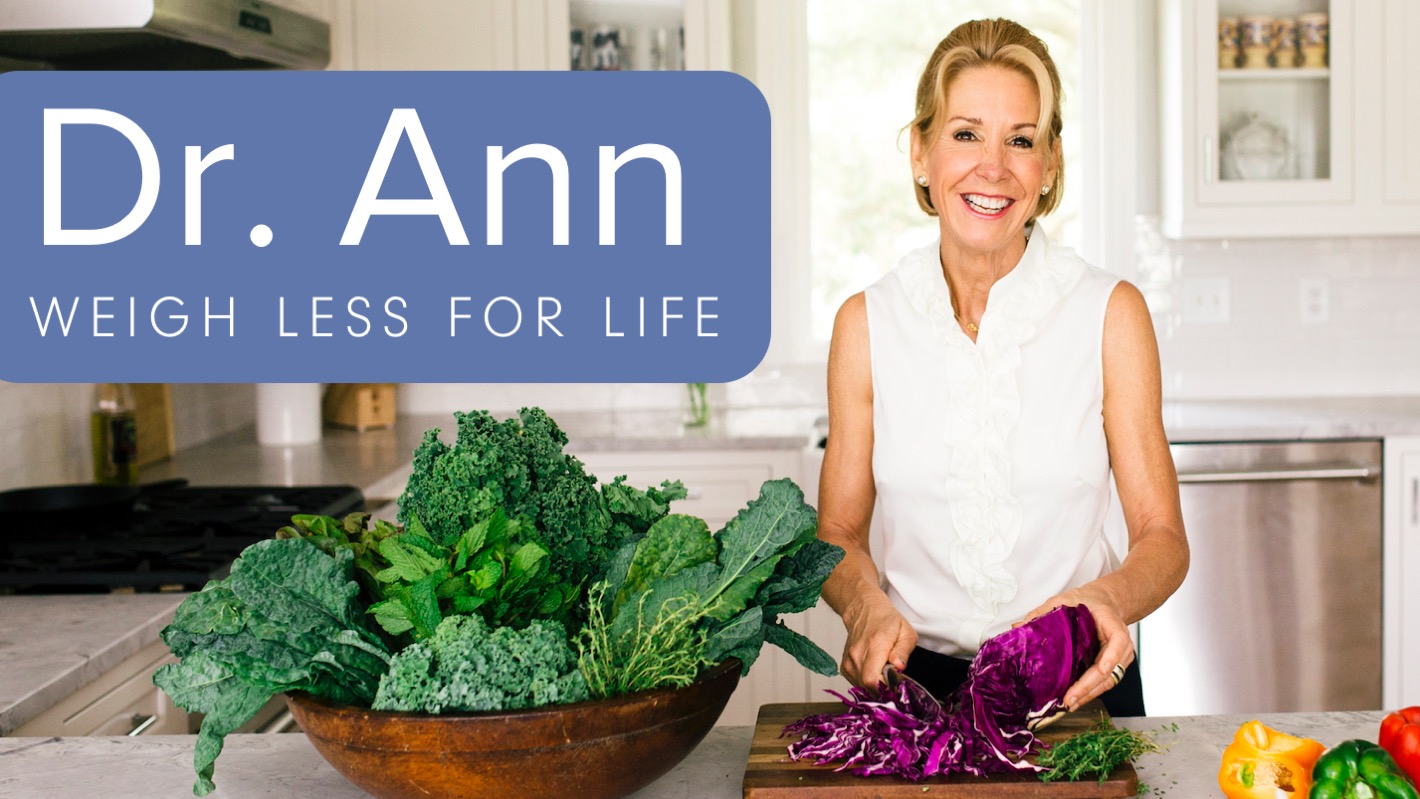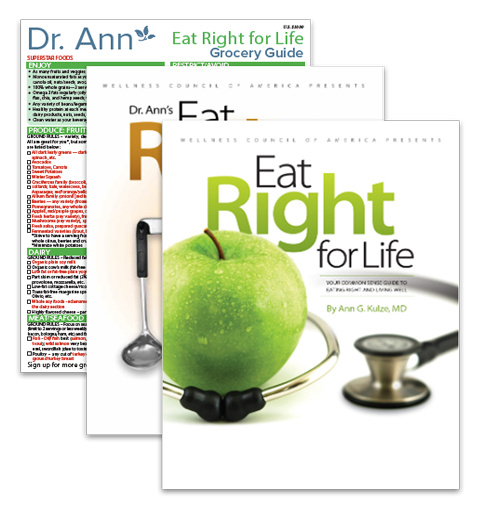Eat Your Way to Greater Happiness
I’m thrilled to inform you that you can eat your way to more happiness. In the first major study to elucidate the relationship between what we eat and our psychological well-being, the verdict was clear, compelling and totally uplifting.

The more fruits and veggies we eat, the happier we are. For this study, the researchers followed the diets and psychological state of over 12,000 adults for up to seven years. The influence fruits and veggies had on positive well-being was so strong that measurable benefits were noted for even a single additional daily serving. What’s more, the impact was almost immediate and continued to increase for up to eight servings per day. To put this remarkably positive “produce power” into perspective, the lead researcher noted that going from almost no fruits and veggies to eight servings a day would boost life satisfaction on par with going from unemployment to employment. That is amazing!
Bottom line: Eating more fruits and veggies is one of the surest and fastest ways to be happier. Keep reading for my best advice on leveraging fruits and veggies for your overall health and mental well-being.

Eat More Fruits and Veggies! – Plan of Action
Vegetables
- Strive for five or more servings a day. The more the better, but any improvement is awesome.
- A serving is a half-cup raw or cooked of any vegetable except dark leafy greens.
- For dark leafy greens (spinach, lettuce, collards, etc.), one serving is 1 cup uncooked.
- Focus on the superstars – all cruciferous veggies (cabbage, kale, broccoli, cauliflower, Brussels sprouts, and collards), carrots, garlic, onions, leeks, tomatoes, asparagus, sweet potatoes, dark, leafy salad greens (like spinach) and red/orange/yellow bell peppers.
- Dark, leafy greens are the most nutrient dense, disease-protective of all foods. Be sure to include them daily in your diet. Eat a big green salad topped with a variety of fruits and/or veggies at least once a day.
- Vegetables are best consumed fresh or frozen. Avoid frozen veggies with added butter or sauces.
- Some vegetables are better for you raw, and some are better for you cooked. Your best bet is to include some of both every day.
- To get your 5 or more servings per day, strive for 1 ½ cups of veggies at lunch and 1 ½ cups of veggies at dinner. That’s how I do it. It’s a breeze if you do lots of salads.
- Although canned veggies are better than none, it is best to choose fresh or frozen. Canned vegetables have inferior nutritional quality and typically excess sodium. Canned pumpkin, tomatoes, tomato products, roasted red peppers, olives, beans, and artichokes are an exception so include them freely.
- Snack on fresh veggies (carrots, celery, bell peppers, and broccoli florets) – dip in healthy dips like hummus, salsa or guacamole.
- The healthiest way to cook veggies is steaming, pan-sautéing or roasting. Avoid boiling.

Fruit
- Strive for 2 or more servings (1 plus cups) of fruit a day. A serving is ½ cup fresh or frozen or ¼ cup dried.
- Concentrate on the superstars – berries (any variety), cherries, plums, any whole citrus, cantaloupe, red/purple grapes, peaches, apples, pears, kiwi, dried or fresh apricots.
- Enjoy fresh or frozen as long as they contain no added sugar.
- Avoid canned fruits as they are nutritionally inferior and often have added sugar.
- Snack on fresh fruit
- Choose fresh fruit for dessert
(American Journal of Public Health, upcoming addition)
JOIN US FOR A LIFE-CHANGING SEMINAR ON SEPTEMBER 8TH

DETAILS HERE
For more expert guidance, get your own copies of the
Eat Right for Life Combo (includes a FREE, laminated Dr. Ann Grocery Guide)!
